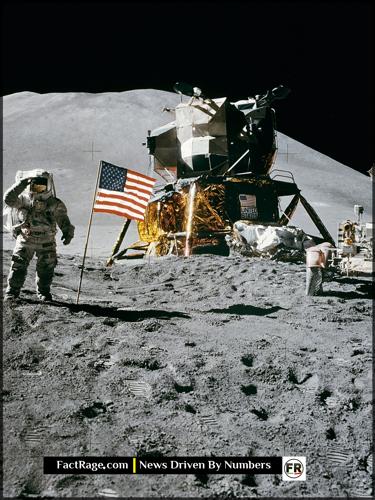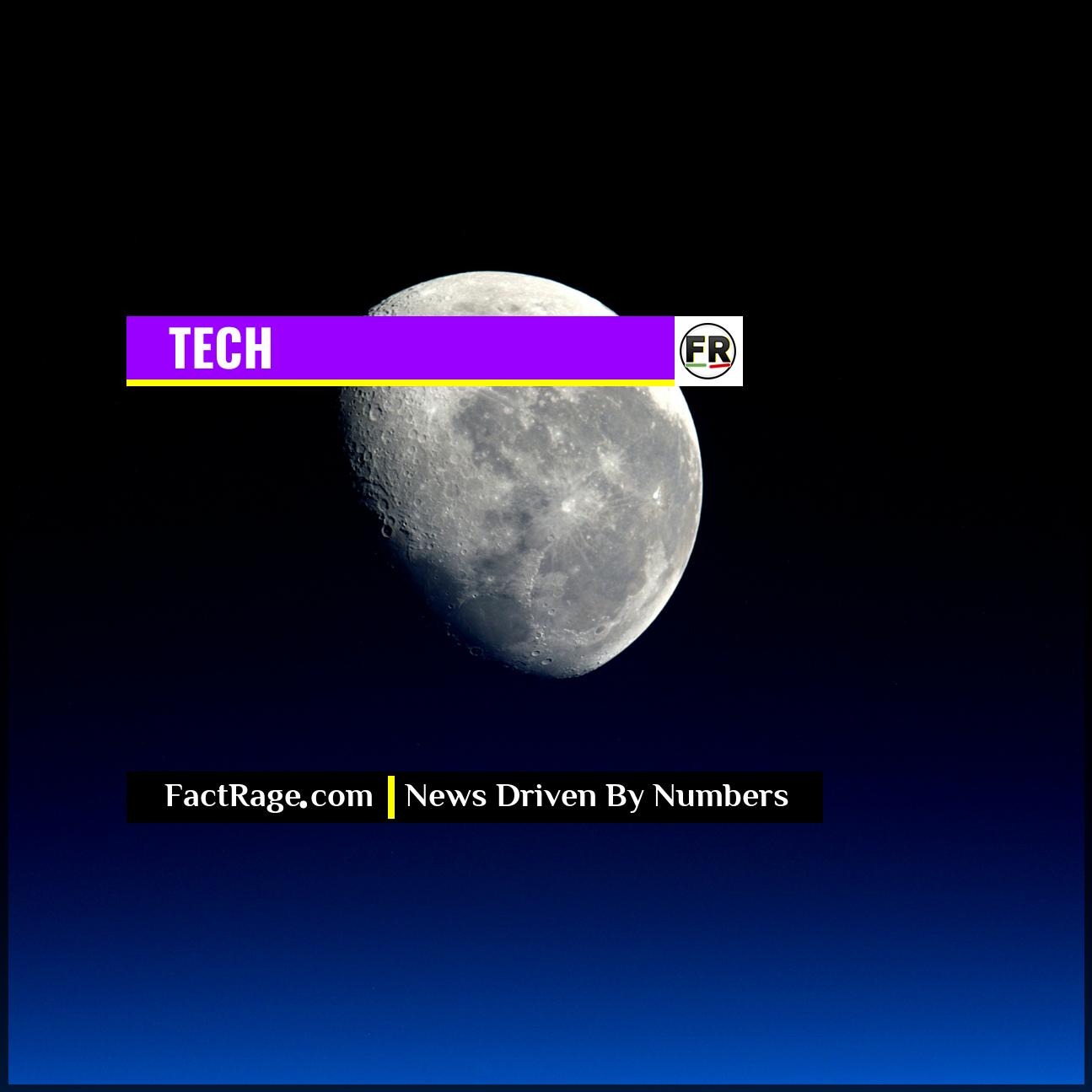HOUSTON, TX – On July 10, NASA officials will provide a public update on the status of the Artemis II mission, the first flight that will carry astronauts to the vicinity of the Moon in more than 50 years.
- A Generational First – Artemis II will be the first crewed mission to travel beyond low-Earth orbit since Apollo 17 in 1972, carrying a crew of four astronauts on a lunar flyby.
- The Mission’s Purpose – The approximately 10-day flight is a critical test of the Orion spacecraft’s life-support, communication, and navigation systems in a deep space environment before future landing missions.
- What to Expect From the Briefing – The update will likely focus on the final mission timeline, hardware readiness following extensive testing, and the progress of crew training for the historic flight.
This upcoming briefing marks a pivotal moment in a new era of space exploration, moving the long-anticipated return of humans to the Moon from concept to near-term reality. The announcements will provide crucial insight into the health and schedule of a program designed to ultimately establish a sustainable human presence on another celestial body.
The Crew and the Ten-Day Test Flight

The Artemis II mission is slated to carry a diverse four-person crew: NASA astronauts Reid Wiseman (Commander), Victor Glover (Pilot), and Christina Koch (Mission Specialist 1), alongside Canadian Space Agency astronaut Jeremy Hansen (Mission Specialist 2). Their mission is not to land on the Moon, but to execute a precise lunar flyby.
After launching atop the powerful Space Launch System (SLS) rocket, the crew will pilot the Orion capsule on a trajectory that will take them around the far side of the Moon before slingshotting back to Earth. The entire flight path is designed to rigorously test the spacecraft’s capabilities. A key question for engineers is how Orion’s life-support, power, and thermal control systems perform with humans aboard for an extended period far from home. This mission will stress-test the hardware built by contractors like Lockheed Martin (Orion capsule) and Boeing (SLS core stage) in the unforgiving environment of deep space.
What the July 10th Briefing Will Clarify
The central focus of the upcoming briefing will be confirming the mission’s readiness. NASA officials are expected to provide an updated, and possibly final, launch window. This date is contingent on the results of numerous ground tests, including the recently concluded integrated test of Orion’s environmental control and life support systems with the four astronauts.
Observers will also be listening for any discussion of challenges or unexpected issues. Complex space missions often face delays due to technical hurdles, such as the previously identified concerns with Orion’s heat shield performance during the uncrewed Artemis I reentry. Any announcements regarding the resolution of such issues will be critical indicators of the program’s confidence in proceeding. The briefing will likely detail the final phases of crew training and preparations at Kennedy Space Center.
Why This Flyby Paves the Way for Mars
While a 10-day trip around the Moon may seem modest compared to the Apollo landings, its importance to future exploration cannot be overstated. Artemis II is the essential human-rated shakedown cruise for the technology intended to support a new generation of lunar explorers. A successful mission will validate the Orion spacecraft and SLS rocket, clearing the path for Artemis III—the mission currently slated to land the first woman and first person of color on the lunar surface.
Ultimately, the Artemis program is about more than just returning to the Moon. NASA’s stated goal is to use the Moon as a proving ground for the technologies and procedures needed for an even more ambitious objective: sending humans to Mars. The success of Artemis II is the next, and perhaps most critical, step on that long journey.














